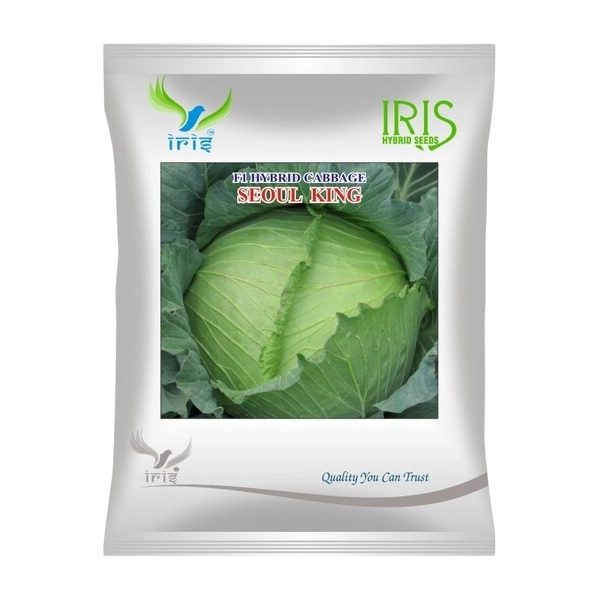
Advanta Goody Ball 65 F1 Hybrid Cabbage Seeds, Round Heads And Bluish Green Foliage
7% Off


| Brand: | Urja Agriculture Company |
| Product Code: | 10013 |
| Country of Origin: | India |
| Category: | Seeds |
| Sub Category: | VEGETABLE |
| Sub Sub Category: | CABBAGE |






24 Nov 2025
Plants stood strong without bending down
20 Nov 2025
Everything shown online matched the delivery
18 Nov 2025
Cabbage heads came tight and round
17 Nov 2025
Used this Urja seed from AgriBegri
17 Nov 2025
No pest seen during full crop
16 Nov 2025
Store helped clearly before I ordered
15 Nov 2025
Grew well even in village soil
15 Nov 2025
Parcel reached packed without any damage
14 Nov 2025
AgriBegri store also provides soil testing service too
14 Nov 2025
Leaves stayed fresh till full harvest